
BYD brings affordable PHEV SUV to the market
BYD has added another model to its line-up in South Africa. This time it is the Sealion 5, which slots in below the larger Sealine 6, which is also available locally.
- Product News
- 15 December 2025
There is a new Urban Cruiser in the Toyota stable, and it’s replacing the smaller outgoing Urban Cruiser. Since its introduction in 2021, Toyota’s Urban Cruiser has consistently ranked first in the highly competitive B-SUV segment, achieving a market share of 19%.
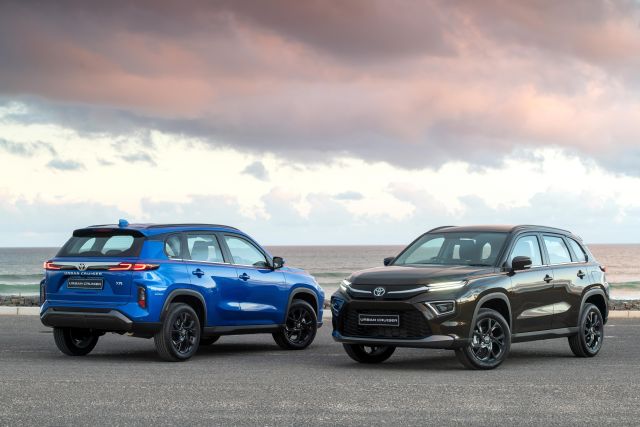
In so doing, it has proven that it’s the right product at the right price. Within the ‘high’ B segment, which is where the Urban Cruiser competes, there has been a continuous shift from hatchbacks towards crossovers owing to the increasing need for space at an affordable price as well as the preferred loftier driving position offered by an SUV.
What’s new?
Everything except the engine, which is a reworked version of the well-known engine shared between Toyota and Suzuki for different shared models.
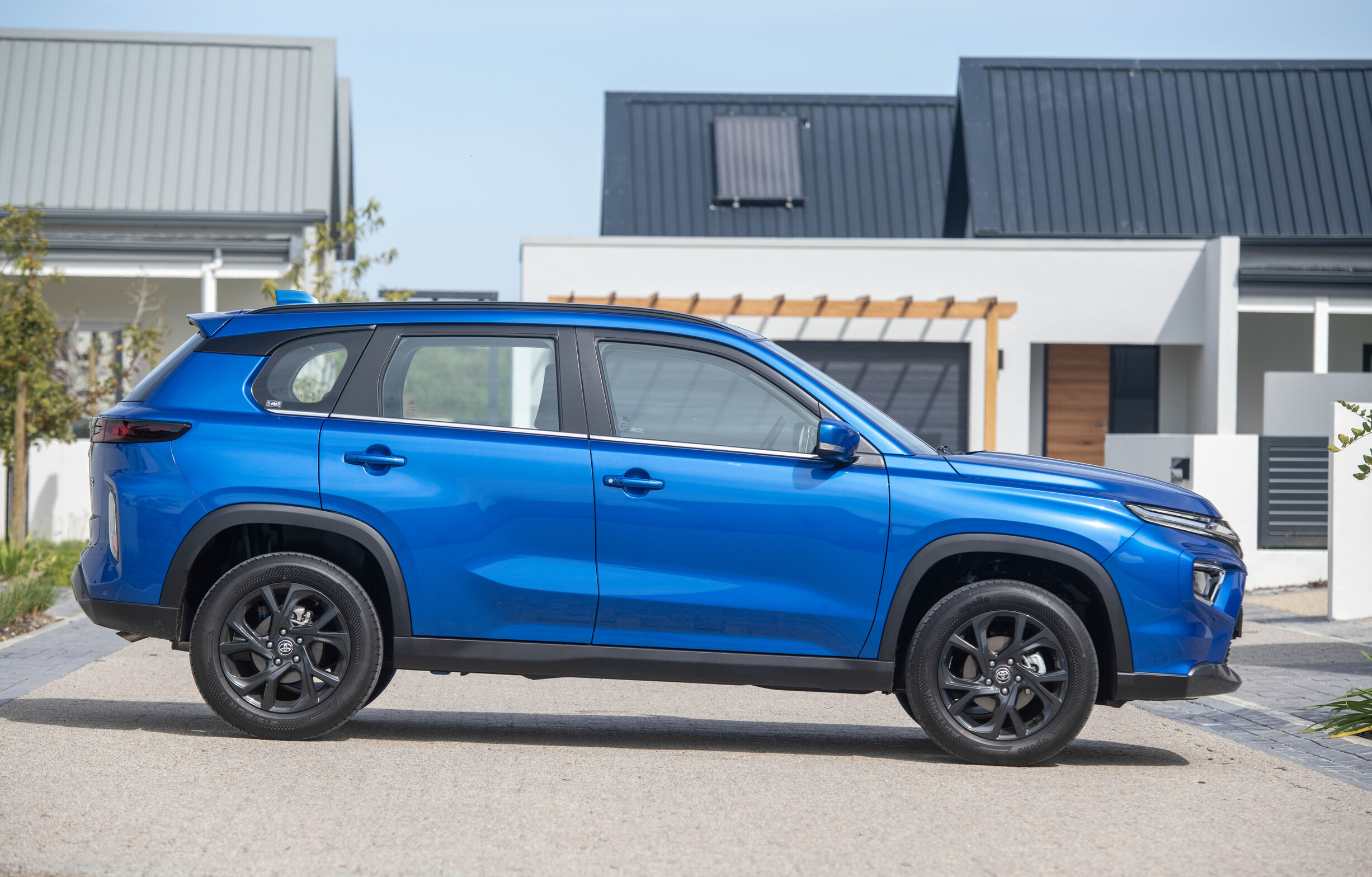
Exterior:
Familiar design cues – such as the clamshell bonnet, slim light treatment and gaping lower grille – show it’s related to other members of the Toyota SUV family, most noticeably the RAV4 and Fortuner. It’s also considerably bulked up – body length has increased by 370 mm with a corresponding growth in wheelbase of 100 mm (now 2 600 mm). Slightly wider and taller than the outgoing model, it additionally benefits from improved ground clearance – 210 mm vs 195 mm.

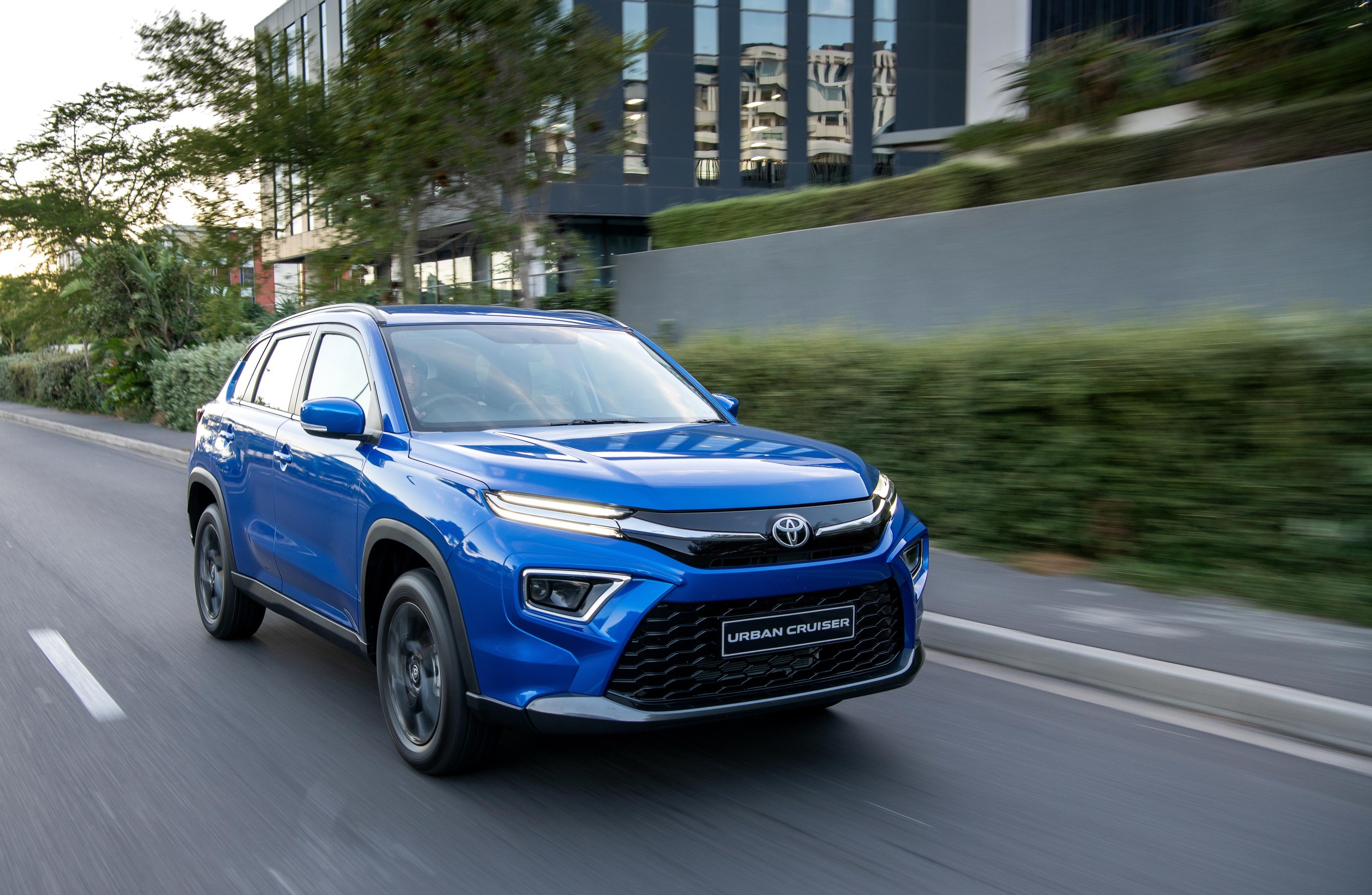
The new model has bi-halogen projector headlamps lower in the face so that they’re now set within the bumper. They’re also neatly framed with a chrome bezel. The slimline LED DRLs now become the focal points, splitting into two with a chrome strip in between and merging into the piano black grille.
A massive lower grille aperture with honeycomb design combined with a silver ornamental skid plate takes a majority stake in the upfront real estate.
Moving to the rear, the Urban Cruiser is refreshingly clean and simple. The ultra-slim C-shaped LED taillights are inset within a piano-black panel which, in turn, is overlayed by a pale silver trim garnish. Another design highlight is the way Toyota has uniquely put together both the indicators and reverse lamps in separate vertical clusters.
Interior:
The cockpit of the new Urban Cruiser is an aesthetically pleasing mix of fabrics and textures. Lifting the predominantly black cabin are subtle touches of silver – from the satin-plated trim inserts and chrome door handles to the metallic-tipped ventilation controls.
The audio (played through two speakers in the XS and four in the XR) and Bluetooth-connected telephony can all be managed via switches on the small-diameter multi-function steering wheel which, for the first time, has both tilt and telescopic adjustment.
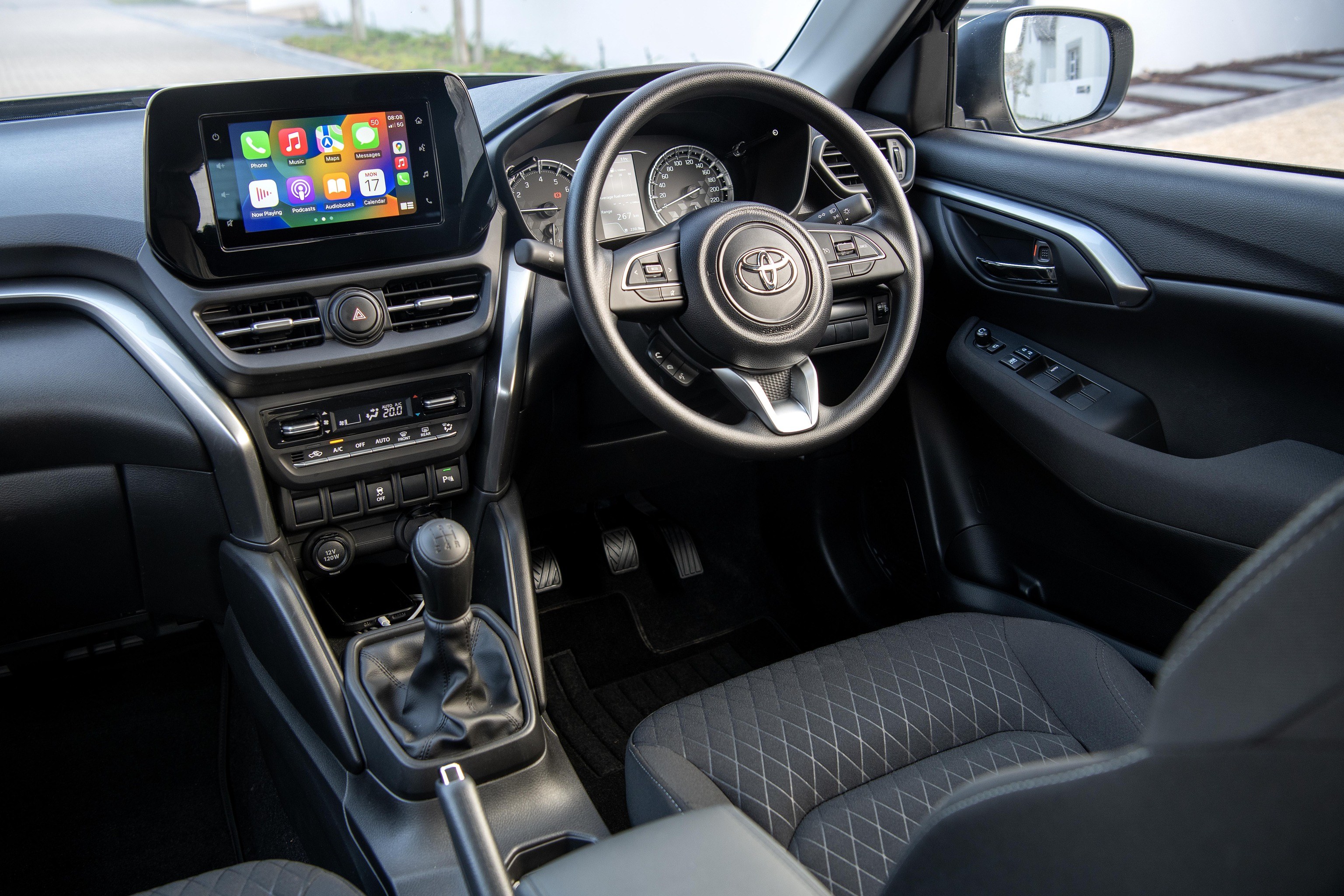
In terms of convenience features, the new Urban Cruiser is certainly not left wanting. As before, there’s Push Start with Smart Entry and rear PDC to name just two, but there are a few key additional niceties. New and exclusive to the XR model is cruise control.
Engine:
Adapted for the new Urban Cruiser is the familiar 1.5-litre naturally aspirated four-cylinder engine delivering 77 kW and 138 Nm, connected to a 5-speed manual transmission or 4-speed automatic (XR) - all driving the front wheels.
Safety:
The big news on the safety front is the fitment of VSC (Vehicle Stability Control) and HAC (Hill Assist Control) to all models. The XR models gain side and curtain airbags on top of the standard driver and passenger bags. Rounding off the safety and security package across the range are ABS with EBD, ISOFIX and an alarm/immobilizer system.
Pricing:
Urban Cruiser 1.5 XS MT (R329 400), Urban Cruiser 1.5 XR MT (R347 400) and the Urban Cruiser 1.5 XR AT (R369 900).

BYD has added another model to its line-up in South Africa. This time it is the Sealion 5, which slots in below the larger Sealine 6, which is also available locally.
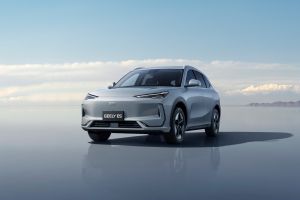
Geely has formally returned to the South African market with the introduction of two new models, the fully electric E5 and the plug-in hybrid E5 EM i.
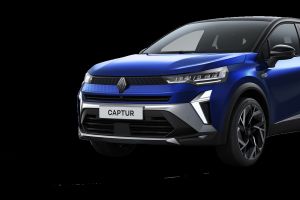
Renault’s Capture is celebrating its tenth birthday with the launch of a new version. Internationally, over two million Capturs have been sold so far.